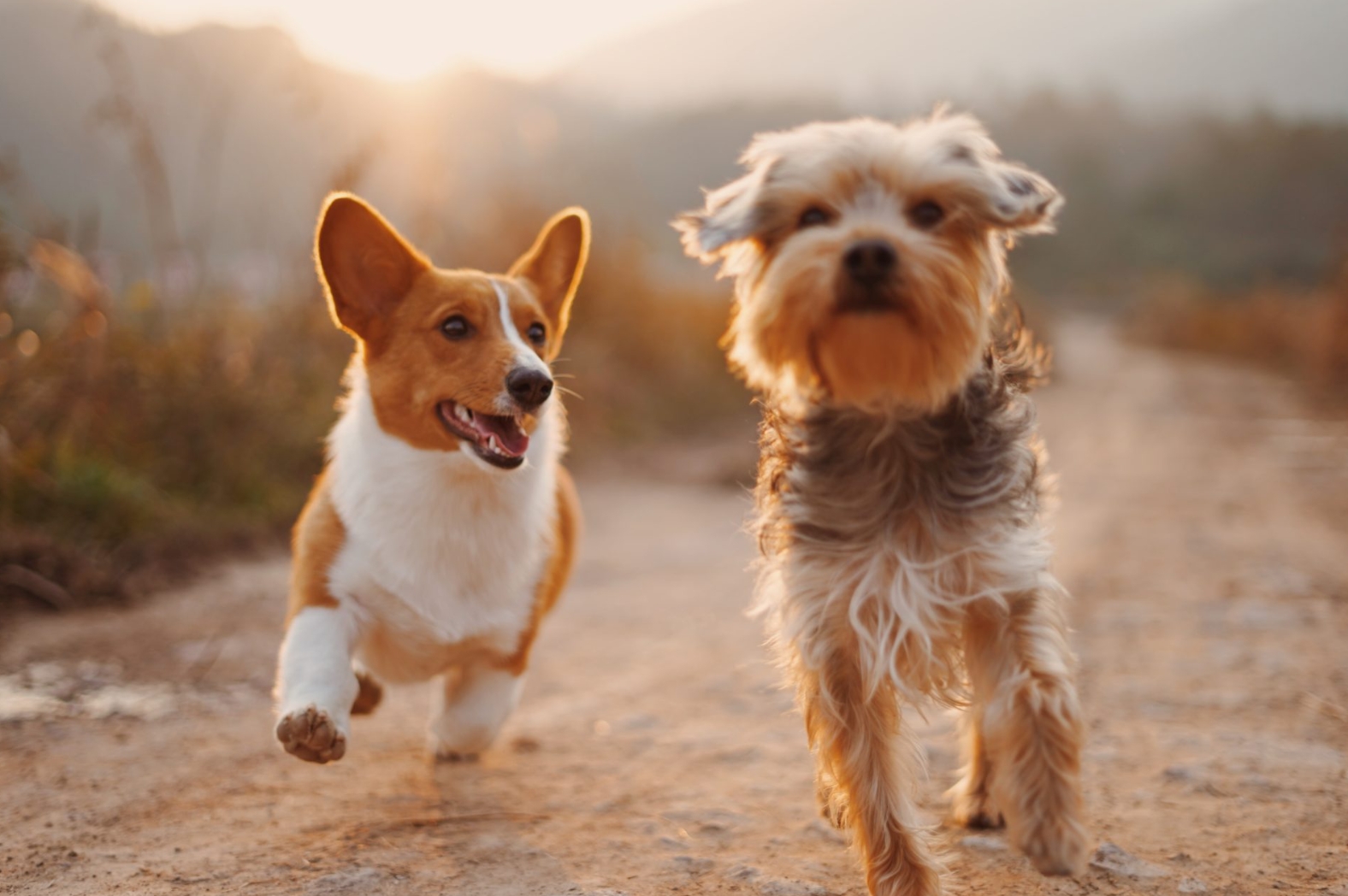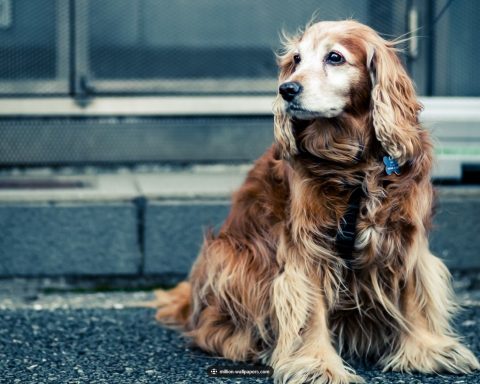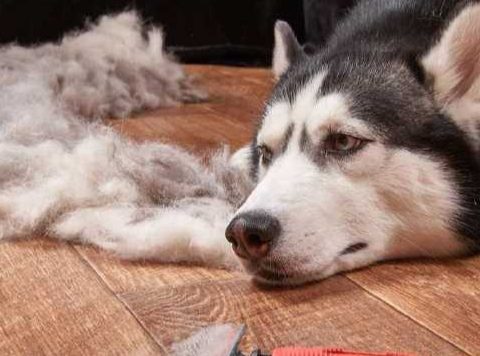Although every dog has instincts such as sniffing and fetching, the training should be based on the different characteristics of the dog, treating them separately and building on their strengths and avoiding their weaknesses due to the fact that each dog has a different neurological type, a different personality, and a different purpose for which it is bred.
Because of the different breeding purposes, the selection conditions vary. But in general, the trained dog should choose the appearance of all parts of the development of proportional, muscular, upright posture, flexible action of the dogs. The age of 3 months to 1 year old is generally appropriate, 3 months of age to start basic training, 7 to 12 months of age can receive skills training.
The neurological type of the dog is best for active and excitable dogs, quiet dogs are also acceptable. Good hearing and vision are required, as well as a keen sense of smell and a good way of sniffing and recognizing. Dogs in which the hunting response, active defense response, and food response predominate should be selected. Any dog that is unresponsive, or in which the probing response or passive defense response predominates, or in which the hunting response is degraded, should not be used as a trained dog.
Excitable dogs are characterized by strong excitability, weak inhibition, fast and solid formation of excitatory conditioned reflexes, and slow and disappearing formation of inhibitory reflexes. Therefore, in the training is mainly to cultivate, play its inhibitory process, do not be impatient, so as not to cause adverse consequences.
Lively dogs are characterized by strong excitatory and inhibitory processes. Conversion is also flexible, the formation of excitatory and inhibitory reflexes in training are very fast. Improper training methods are prone to adverse associations, and thus special attention should be paid to the means and methods.
Quiet dogs are characterized by strong excitatory and inhibitory processes, but poor conversion flexibility, and their inhibitory process is relatively slightly stronger than the excitatory process. In training, attention should be paid to cultivating the dog’s flexibility and appropriately increasing the excitability.
Passive defense reaction type dogs are characterized by negative passive defense when encountering frightened or scared things, which affects the training. For this kind of dog, when the owner approaches it, firstly, he should use gentle tone and light action to prevent sudden fright; secondly, when the dog encounters something he is afraid of, he should take the method of patiently inducing, so that the dog can gradually eliminate the passive state and make it adapt.
The dogs with strong reflexes are very sensitive to some new and different stimuli in the surrounding environment, and after many contacts, they still do not fade away, which is related to the flexibility and maladaptation of the dogs. Treating this kind of dog should usually pay attention to more environmental exercise, so that it gradually adapted. Before each training, first let the dog familiar with the environment, try to choose quiet without external stimulus temptation and interference in the training site, training in the presence of the search reflex, the owner should try to draw attention to the training course. You can also use appropriate means of coercion to inhibit the search reflex.
For the strong food response dog should make full use of the strengths, more food stimulation training, but these dogs are prone to accept food from all sides, affecting the establishment of the subject action. A well-trained guard dog or play dog should refuse to eat other people’s food. Therefore, it is necessary to strengthen the prohibition training and develop good habits.
Fierce and aggressive dog basically belongs to the excitability of the dog, to appropriately strengthen the mechanical stimulation, play the inhibition process, in the management of the training should be strictly required to strengthen the attachment, obedience and pounce on the bite training to make full use of its long. But to prevent indiscriminate biting of people and animals. For a few ferocious and timid dogs, the exercise should be strengthened to prevent overstimulation, so that the dog gradually become bold.



